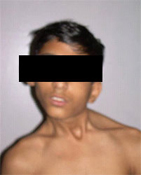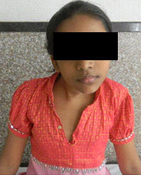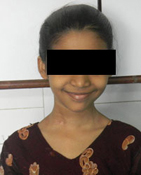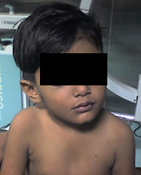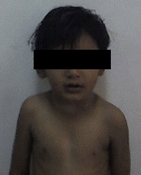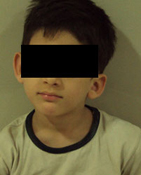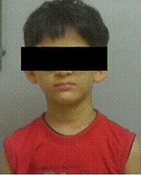Patient Information: Torticollis or Wry Neck Deformity in Children
Common in the first decade
In the newborn may present as a small swelling in the substance of the sternocleidomastoid muscle
Clinical Features
- The affected muscle is contracted and short.
- There is tilt of the neck on the same side and rotation to the opposite site.
- There is decrease in lateral gliding of the neck.
- In long standing cases, there is facial asymmetry, and visual disturbances.
- Secondary causes of torticollis must be excluded: posterior fossa tumor, pharyngeal lesions, opthlalmological disorders and neurological problems.
Treatment Modalities
- Observation
- Physiotherapy
- Unipolar Surgical Relaease
- Bipolar Surgical Release for long standing cases
- Botox Injection for spasmodic torticollis.
About Torticollis
This is a common soft tissue problem in neonates and may co-exist with developmental dysplasia of the hip joint (DDH) and calcaneovalgus foot. Over 90% may resolve spontaneously by six to 12 months. 10 % cases need physiotherapy and about 5 % of these may progress to a rigid deformity.
Physiotherapy and local injection of Botulinum toxin can help in the early stages of spasmodic torticollis and some cases of muscular torticollis.
Once the deformity is established, surgery is usually recommended by four years of age to prevent or reverse the secondary associated features such as facial hypoplasia and improve the visual field.
Surgery is safe and always performed under anesthesia with muscle relaxation. The technique involves a special type of muscle lengthening which you can discuss with your doctor. The child has to use a special differential collar for 6—12 weeks post-operatively.


